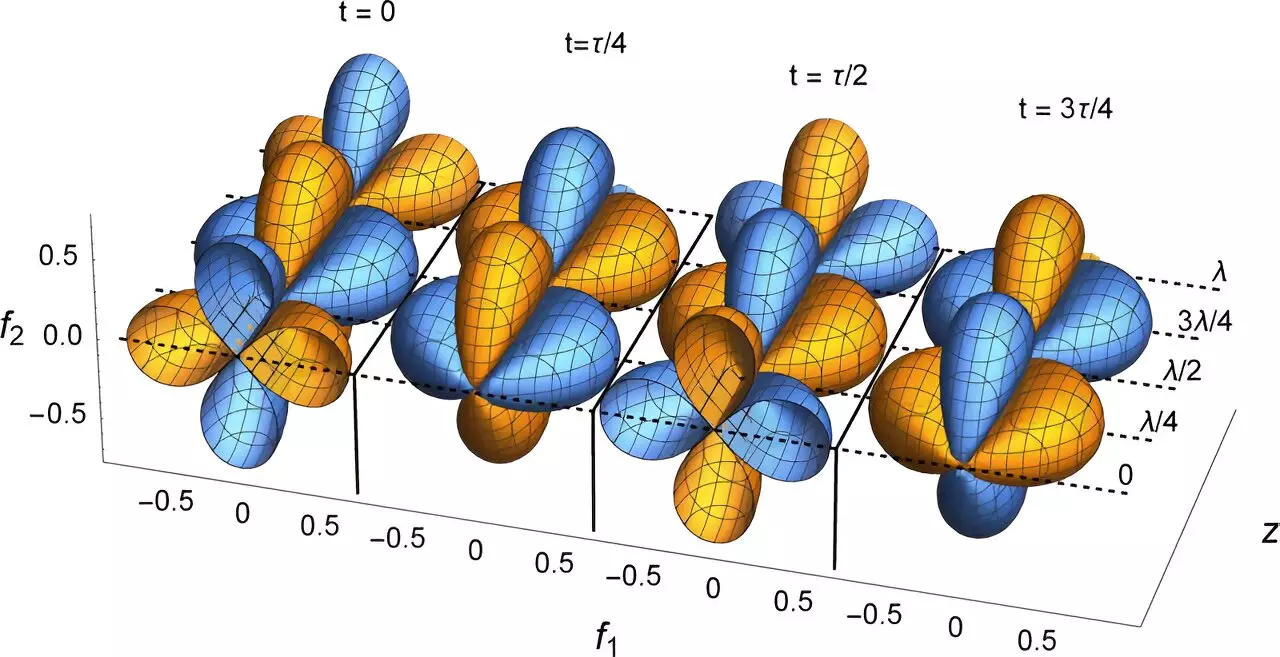In a groundbreaking move, researchers from the Okinawa Institute for Science and Technology (OIST), the University of Tohoku, and the University of Tokyo have proposed a method for simulating gravitational waves on the laboratory bench through the quantum condensate of cold atoms. This innovative approach challenges the traditional methods of detecting gravitational waves through massive telescopes like LIGO, the Virgo interferometer, and KAGRA.
The detection of gravitational waves is an incredibly complex feat due to the minute nature of the changes they induce. To observe a gravitational wave the size of the solar system, one must measure changes in length smaller than the diameter of an atomic nucleus. This level of precision has led scientists to explore alternative methods for studying gravitational waves in a controlled environment.
Einstein’s prediction of the existence of bosons, a type of quantum particle, laid the foundation for the formation of Bose-Einstein Condensate (BEC). This unique state allows particles to act in perfect unison, mimicking the behavior of gravitational waves. By focusing on a specific type of BEC called spin nematics, researchers were able to draw parallels between the properties of quantum waves and gravitational waves.
Spin nematics, analogous to liquid crystal displays (LCDs) found in everyday devices, provided the researchers with a platform to simulate gravitational waves. The alignment of quantum particles in a spin-nematic state allows for the propagation of waves that carry energy throughout the system. This discovery opens up new possibilities for studying gravitational wave phenomena in a simplified experimental setting.
Dr. Leilee Chojnacki, lead author of the study, highlights the underlying beauty of physics in describing seemingly disparate phenomena through similar mathematical structures. The team’s realization that the properties of waves in a spin-nematic state mirror those of gravitational waves illuminates the interconnectedness of different branches of physics. This mathematical connection offers a fresh perspective on understanding the fundamental principles governing the universe.
The pioneering work of the researchers from OIST, the University of Tohoku, and the University of Tokyo represents a significant advancement in the field of quantum physics. By simulating gravitational waves in the laboratory setting, scientists can delve deeper into the complexities of Einstein’s theory of general relativity and gain valuable insights into the nature of the universe. This innovative approach not only enhances our understanding of gravitational waves but also showcases the power of interdisciplinary collaboration in pushing the boundaries of scientific exploration.


Leave a Reply
You must be logged in to post a comment.